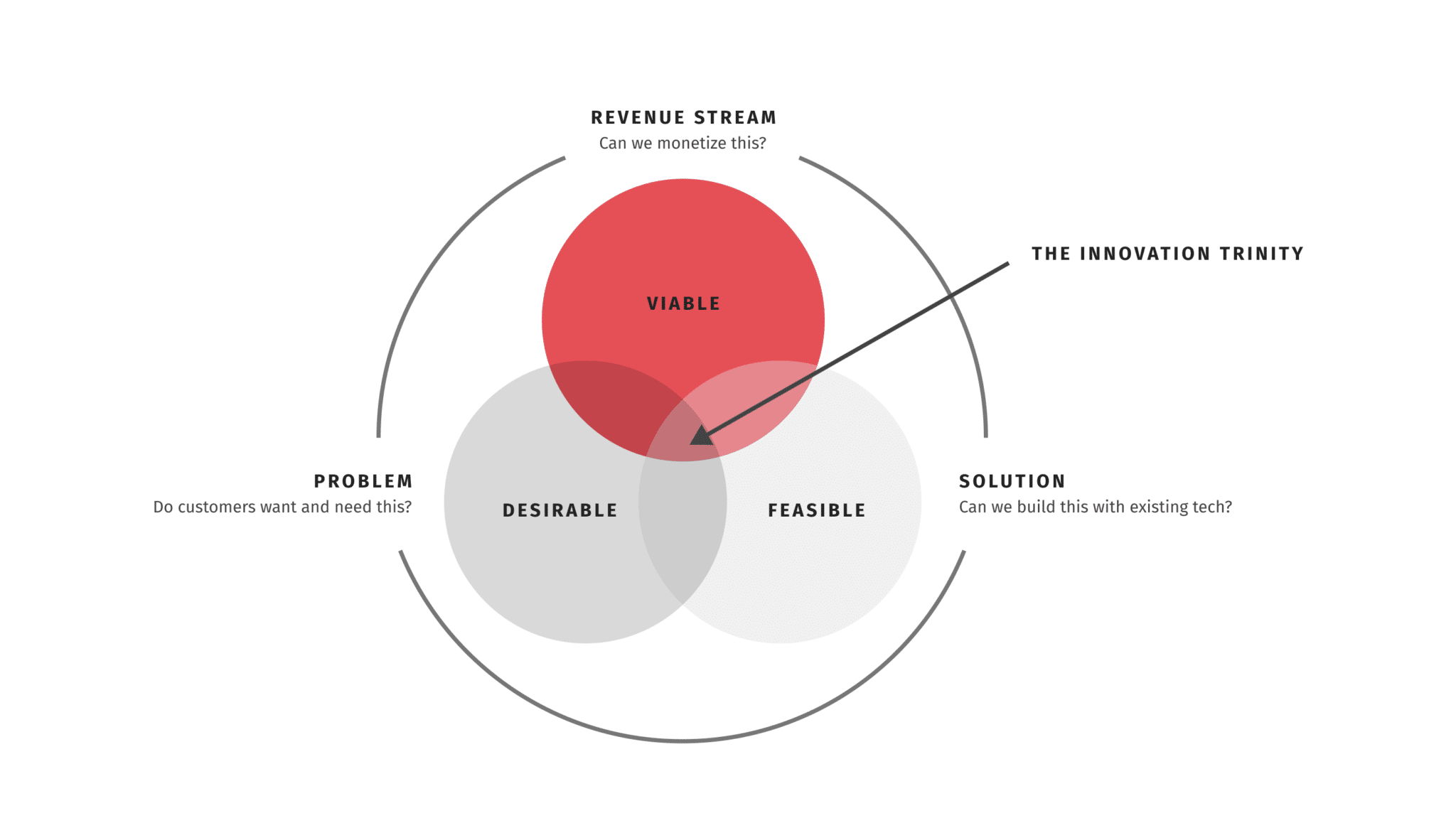Creating solutions with AI

Artificial Intelligence (AI) has been in use for over a decade, but its applications have primarily been in the realm of business and marketing. There have been very few solutions that would improve end users’ productivity and make their life easier. Instead, companies have been focusing on leveraging AI and Machine Learning (ML) to predict consumer behavior and optimize their marketing campaigns. This has allowed companies to create personalized marketing campaigns and product recommendations tailored to individual consumers by identifying correlations and patterns that are almost impossible for humans to spot. In turn, this has led to increased customer engagement and, ultimately, increased sales. But it has not made people’s lives easier. Consumers are increasingly concerned about data privacy as they often lack visibility into how their data is collected and used. Ethical concerns have also emerged due to the power imbalance between consumers and businesses when it comes to data control. Until now, humans have been seen as products of AI. But recent advances in AI have introduced new ways of creating solutions with AI to serve and benefit humans.
The rise of Generative AI
The number of artificial intelligence (AI) services that generate new content has seen significant expansion in just the past few months. A growing number of companies are providing generative AI services, enabling the development of new kinds of products and services. These services are not only enabling the improvement of internal procedures but also offer technologies that make it simpler for professionals to complete their tasks.
“Generative AI is a type of artificial intelligence technology that can produce various types of content, including text, imagery, audio, video, and synthetic data.”
Generative AI has been dominating the tech conversation with both its impressive capabilities and its noteworthy shortcomings. AI-generated content is not just limited to mimicking human writers. There are a lot of services creating other type of media, such as:
- Midjourney for images
- Murf.ai for Speech
- Synthesia for video
- Soundful for music
- Github Copilot for coding
These tools are helping creative people, and some might even say replacing them. In this blog, we’ll focus on how AI is used to help people with their daily tasks, as opposed to previous use cases where AI performed tasks for companies to optimize sales and other processes.
Designing a solution using AI
AI has the potential to serve as a solution engine for a wide range of existing use cases, but it also allows for previously unimaginable use cases. Traditionally, AI development focused on the data and model without knowing the outcomes of the projects. The goal was to provide new facts for decision-making that were not previously available. However, with the latest Generative AI tools, we can bring user-centricity to the core AI solution development. AI is no longer just a technical exercise. It can now help users in a more targeted and personalized way. Every day, new solutions based on publicly available AI APIs are introduced. While this may appear to be unfamiliar territory, the fundamentals of solution development remain constant. It begins with properly understanding the user and their needs, i.e., desirability. Although AI expands the realm of possibility, the viability of the emerging solution must still be evaluated.

As with any other solution, it’s critical to start by identifying the user’s pain point and defining the added value that can be provided. However, the use of artificial intelligence is not a critical component of this process. Instead, it is critical to recognize that AI can improve a solution, for example, by lowering costs, providing faster service, or scaling to different user profiles, for example (i.e. automation, assistance, or personalization). AI should not be viewed as a silver bullet for all user problems but rather as a tool for making them easier to solve.
“In the end, the customer doesn’t care if you use AI or not. Their problem is important to them, and your product must resolve it while providing additional value over competing options.”
General AI vs. custom-built AI models
Both the quality of the algorithm and the quality of the training data used to create the models significantly affect the usefulness and performance of AI solutions. Once the requirements of your solution have been established, you can decide whether to use an already-existing, generalized AI solution or to develop your own algorithms from scratch, correctly selecting the appropriate data with which to train them. We often don’t have access to the data used to train public AI solutions, which can be problematic. In the end, the accuracy and effectiveness of your AI solution will depend on the quantity and quality of the data you use and the algorithms you choose.
While publicly available AI services are powerful tools, they come with limitations and challenges. Due to factors like a lack of data, inaccurate training, or overly complex models, the outputs generated by these services may not always be of high quality or a good match for your specific needs. Additionally, using general AI services means surrendering control over the generated outputs, which look correct but not representing your expected output. It can be challenging to control specific characteristics of the generated outputs.
Identify needs for AI
To make the best technological choices, you must first identify the user and business needs of your solution. Only in this case do you need to be aware of AI’s capabilities and limitations in order to make the best architecture decisions for your solution. AI is biased to treat estimates as absolute facts, which easily results in a wrong output that looks right. Assume your AI-enhanced solution makes it easier for a user to complete an email, which leads to faster email creation. However, unless the correct input for the correct AI model trained with the correct datasets is provided, the resulting emails may appear valid and have correct grammar but complete nonsense and lack the sender’s intention.
Conclusion
In the last few months, we’ve witnessed significant advancements in AI, resulting in the availability of multiple online tools with user-friendly interfaces like chat, and developer-friendly APIs. While companies have already used AI for services like chatbots, there’s still plenty of room to create exceptional products to efficiently address customer needs and simplify employee tasks. Public AI services have made AI more accessible and cost-effective than before. Knowledge of available technologies allows us to focus on quality, desirability, viability, and feasibility. Now that the AI chasm has been crossed, we can expect explosive advancement, something akin to Moore’s Law. As AI continues to evolve and expand its capabilities, it’s crucial to stay focused on the fundamentals of solution development and prioritize the needs of our end users.
In the previous blog, “Creative AI breaks through 2023” we talked about how AI-driven experiences become approachable for consumers this year. At A-CX, our services focus on keeping a promise of being daring and innovative, executing projects with passion, and delivering results on schedule. We understand the potential of AI to enhance the lives of your employees and customers. If you’re interested in exploring the possibilities of AI to make your employees’ and customers’ experiences more meaningful and enjoyable, please don’t hesitate to contact us.
